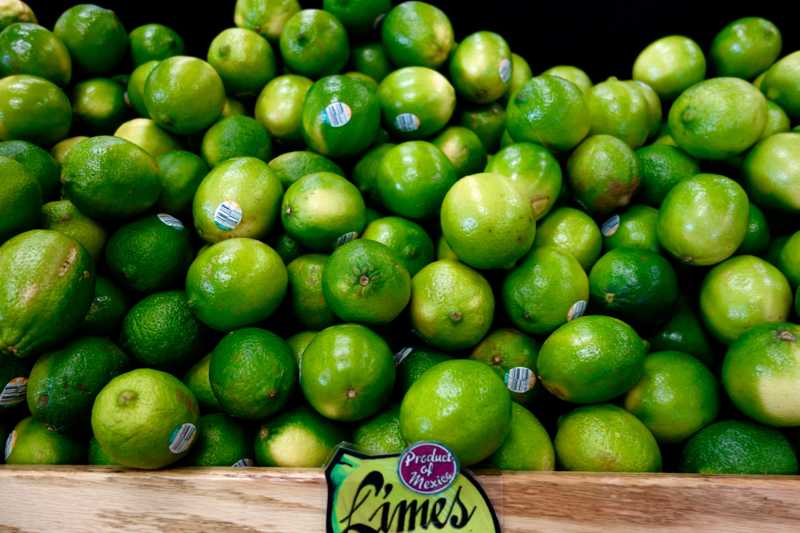
When over 50 percent of Americans believe that it is “unsafe to eat genetically modified foods,” you would think they would know what genetically modified foods are. Shockingly, they don’t. This is evident by the fact that 70 to 80 percent of U.S. foods are considered to contain GM products in them, and yet 60 percent of Americans think that they have never eaten a GM food before. How is it that so many people are uneducated about a topic they speak so strongly about?
The term GMO often refers to an organism that contains recombinant DNA, meaning an organism that has DNA from other species inserted into their genome. This addition of recombinant DNA can cause a modified organism to display new traits and characteristics, which often contribute to the organism’s survival and/or nutritional value. Some common examples of GM foods are corn, canola oil and soybeans. Despite the high percentage of U.S. foods with GM products in them, the general public remains wary of them, largely because of false advertising, misinterpretation of GMO studies and a disconnect between everyday people and scientists.
When biotech crops first hit the market in the late ’90s, they were not a major concern to most people, and the topic remained under the radar for many years. What truly brought the public’s attention to GMOs were the sellers of natural foods and organic products, who took advantage of the public’s lack of education about GMOs and began labeling foods as “Non-GMO” in order to scare consumers into buying their organic products. Today, the anti-GMO movement is continuing to grow stronger, with large supermarkets and food distributors such as Trader Joe’s and Chipotle swearing off GMOs. These food distributors are incredibly popular among the general public, and their actions have influenced millions of people to blindly reject genetically modified foods.
As the general public’s negative views on genetically modified organisms grow stronger, anti-GMO websites are starting to pop up all over the Internet. These sites spread false information and misinterpreted studies, many of which end up going viral and causing the development of concerns about the safety of GMOs. Despite the World Health Organization and the U.S. Food and Drug Administration (FDA) both declaring GM foods as safe to eat, almost 90 percent of American Association for the Advancement of Science scientists believing GMOs are safe, and hundreds of published studies that back up that conclusion, many people still believe that genetically modified organisms are unsafe for consumption. People point to fraudulent and/or misinterpreted studies, and claim that Monsanto (an agriculture company that profits from GMOs) is trying to cover up their negative side effects.
One such example of a misinterpreted study is when multiple anti-GMO sites wrote articles that described a 2010 study in which traces of the Bt protein Cry1Ab were found in fetal and maternal blood. At first glance, these results seem alarming, as they seem to imply that GMOs are harming fetuses. However, the articles failed to mention many key points, the most important ones being that there was no proof the Cry1AB protein came from the GM food (Cry1AB is used in “natural insecticide” formulations and so the protein could have also come from eating other organic foods), and that mammals lack the receptor for the Cry1Ab protein, meaning that Bt does not affect humans in any way. Despite the study’s obvious flaws and the fact that the U.S. Environmental Protection Agency had already approved Bt potatoes, corn and cotton in 1995, the article went viral and caused an outpouring of public outcry. Hundreds of these types of articles exist, most of which can be completely discredited if the time is taken to dissect them properly. However, most people do not do further research on the scientific articles they read, and so the information spreads throughout the Internet, misinforming thousands of people and causing an irrational fear of GMOs.
There is no doubt that the issue of GMOs is a complicated one; however, at this moment in time, it is abundantly clear that the GMOs in question have both been determined safe by the FDA and can be used to help millions of people worldwide. For example, “Golden Rice,” rice that has been engineered to contain more Vitamin A, has been shown to help prevent people from going blind due to Vitamin A deficiency, a common occurrence among kids in Southeast Asia. At the time of its invention, even Bill Clinton supported “Golden Rice,” exclaiming: “If we could get more of this Golden Rice … out to the develop[ing] world … It could save 40,000 lives a day.” However, 16 years after the invention that has the potential to save millions of kids’ lives, “Golden Rice” still is not commercially available due to the ludicrous claims made by big companies. It is evident that genetically modified foods have the potential to help millions of people around the world, yet the public outcry and big business interference has stalled the development of life-saving technology.
You may be wondering, “Why should I care about anti-GMO activists? This doesn’t affect me.” Palo Alto is in the heart of Silicon Valley and is leading the way in scientific and technological advancement. It is our job to stay educated on the matter, and to encourage the development of genetically modified organisms. The acceptance of GM foods will take a long time, but it will happen in our generation. It is our responsibility to not only hold pro-GMO stances, but to actively promote scientific advancements such as GMOs, so that we create an environment in which life-saving scientific and technological advancements that hold the potential to save millions of lives worldwide, can continue to be developed.

